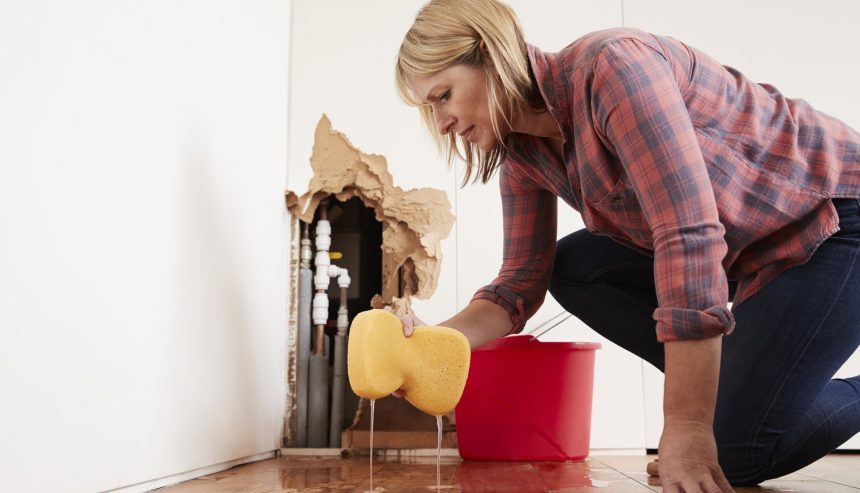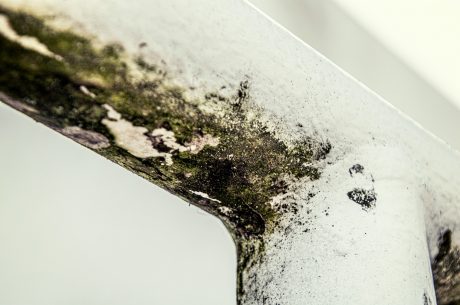As homeowners in Michigan, we often face weather conditions that can cause significant water damage to our properties. Understanding the early signs of this damage and knowing how to respond could save us substantial repair costs and stress. Water damage left untreated can exacerbate into larger, more expensive problems, including structural issues and mold growth, which pose serious health risks.
In our experience at PuroClean of Howell, we’ve seen firsthand how early detection and proper maintenance can make a difference. This article aims to provide Michigan homeowners with practical insights on identifying signs of water damage and implementing effective measures to protect their homes. Knowing where to look for water damage and the actions to take upon discovering it ensures that your home remains a safe and comfortable place for you and your family. We’ll discuss common areas prone to damage, signs that indicate issues may be starting, steps for damage control, and preventative practices to help mitigate potential water damage in the future. By keeping informed and vigilant, we can tackle water damage issues head-on and maintain our homes’ integrity.
Identifying Common Areas for Water Damage in Your Michigan Home
In Michigan, our homes are exposed to a variety of weather conditions that can lead to water damage. Key areas often affected include the basement, bathroom, kitchen, and attic—places where water is frequently used or where it can easily enter from outside. As we, at PuroClean of Howell, guide you through these common areas, it’s important to keep a vigilant eye out for any irregularities that could denote moisture intrusion.
The basement, for example, is a prime area for water collection due to its below-ground location. Look for puddles or damp walls, which are clear indicators of water seepage. In bathrooms and kitchens, scrutinize around sinks, bathtubs, and toilets where leaky pipes often contribute to hidden water damage. Don’t forget to inspect under the sink cabinets and behind toilets where slow leaks may go unnoticed. Attics should be checked for stains or mold on the underside of the roof, especially after heavy rain or melting snow, as these are signs that the roof may be compromised.
Early Signs of Water Damage in Your Walls and Ceilings
Recognizing the early signs of water damage in your home’s walls and ceilings can prevent a small issue from becoming a massive problem. Visible signs include discoloration, mold growth, and water stains—indicators that water has started to breach surfaces. Discoloration might appear as patches of paint that look darker or lighter than surrounding areas. Mold usually manifests as black, green, or white specks and clusters. Water stains could look like large, irregular spots that darken when they absorb moisture.
However, some signs are not as immediately noticeable. Warping or buckling of the walls or ceilings can suggest prolonged exposure to moisture. A musty smell, which is quite distinct, often accompanies unseen issues behind drywall or above ceiling panels. If you detect a sudden change in the air quality of a room or a persistent earthy odor, it’s advisable to inspect more closely for hidden water damage. Regular checks and addressing these early signs can significantly reduce the extent and cost of repairs needed, ensuring the structural integrity and safety of your home.
Steps to Take When You Discover Water Damage
When you come across water damage in your home, the prompt actions you take can significantly mitigate further damage. We always recommend that if it’s safe, you should first stop the source of the water. This might mean turning off the main water supply if you’re dealing with a burst pipe or closing windows if the issue is rain-related. Once the flow is halted, removing as much water as possible by mopping or using a wet-dry vacuum can help control the situation temporarily.
Next, move furniture and other personal items away from the affected area to prevent additional damage. It’s also crucial to take photos and document the extent of the damage immediately. This documentation will be invaluable later on when you file an insurance claim. Prioritizing these actions helps prepare your space for the arrival of professional restoration services, which will handle the more thorough drying and repairs.
Preventive Measures to Protect Your Home Against Water Damage
To shield your home from water damage, regular upkeep and preventive maintenance are essential. We suggest cleaning your gutters and downspouts twice a year to prevent blockages that can lead to water overflow. Additionally, inspect your roof periodically to ensure there are no missing or damaged shingles where water could enter.
Incorporating water-resistant materials into your home can significantly reduce the risk of damage. Options like ceramic tile, stainless steel, and waterproof paint in areas prone to moisture can provide stronger defense against water intrusion. Moreover, consider updating old pipes and installing a sump pump if you have a basement prone to flooding. These preparations contribute not only to safeguarding your property but also in maintaining the integrity and value of your home.
Conclusion
Preventing and addressing water damage in your Michigan home requires vigilance and prompt actions. From the immediate steps taken to mitigate damage to the incorporation of preventative measures, each plays a pivotal role in protecting your property. Remember, the initial hours after discovering water damage are crucial for the safety and recovery of your home.
If you’re facing water damage challenges, don’t hesitate to reach out for professional help. Our residential water damage restoration team at PuroClean of Howell is equipped with the expertise and tools required to restore your home effectively. We understand the particular challenges faced by Michigan homeowners, and we’re here to support you with reliable, efficient service. For any restoration needs, you can count on us to deliver quality and timely solutions.




 PuroClean of Howell
PuroClean of Howell